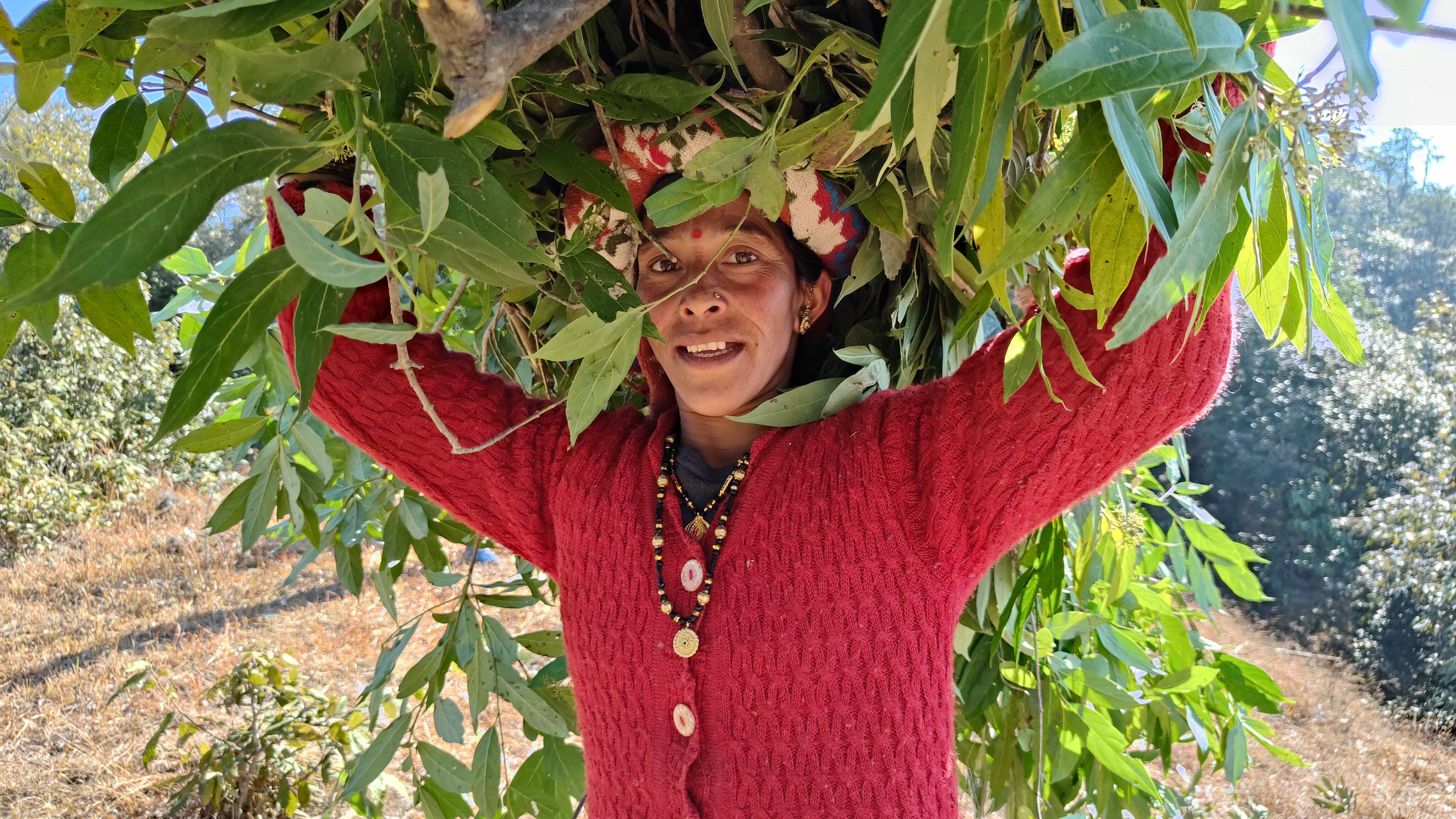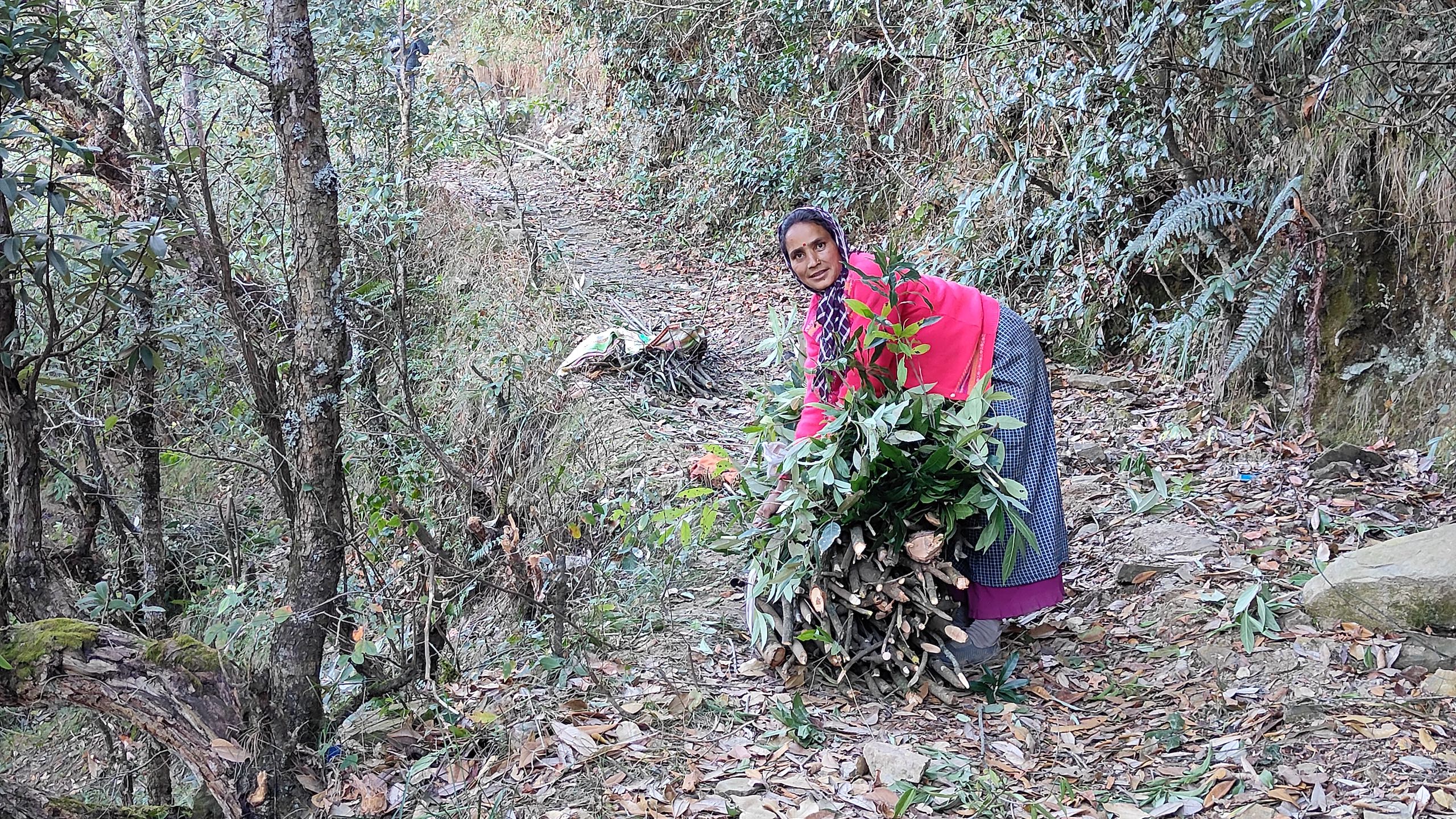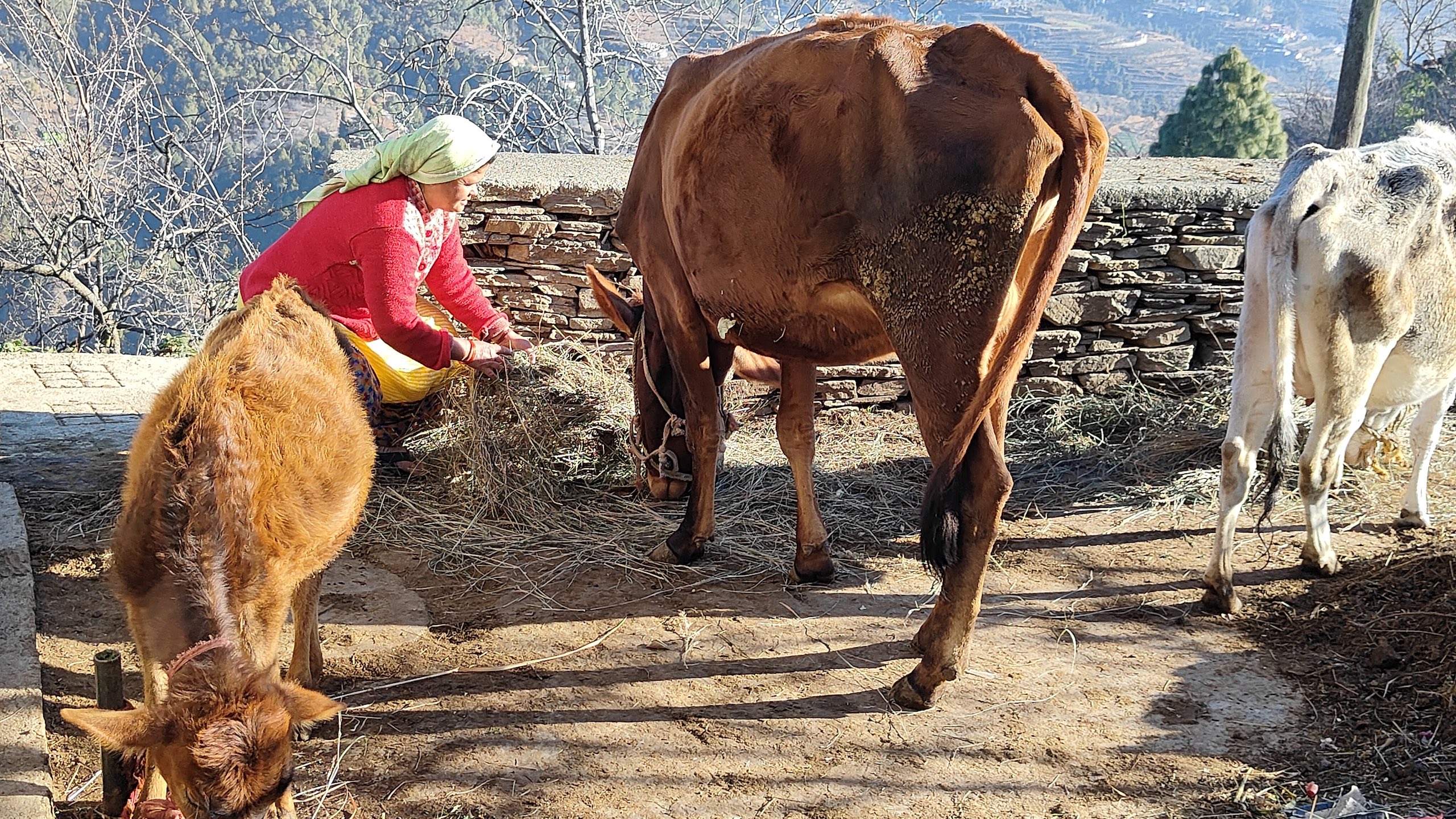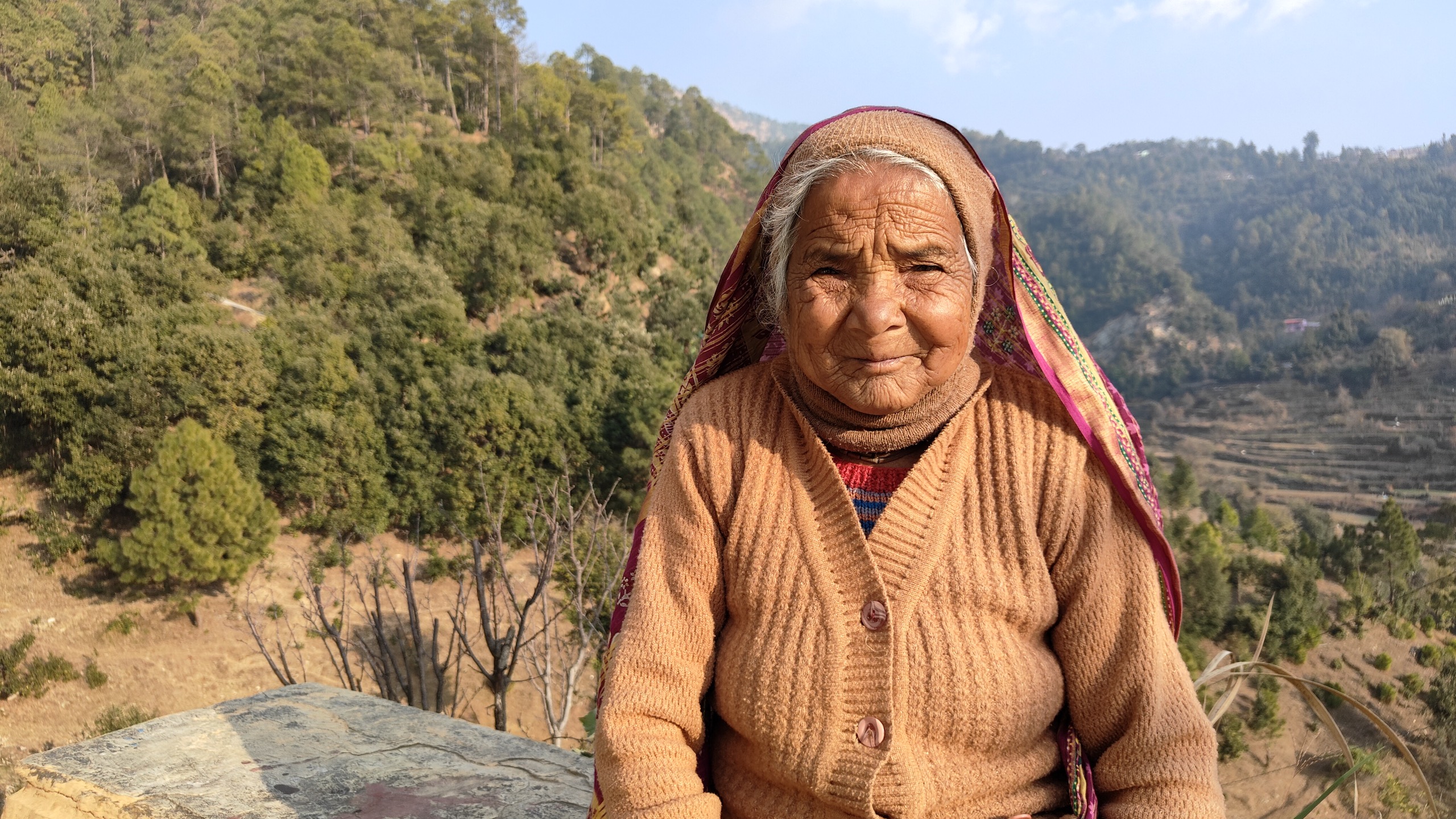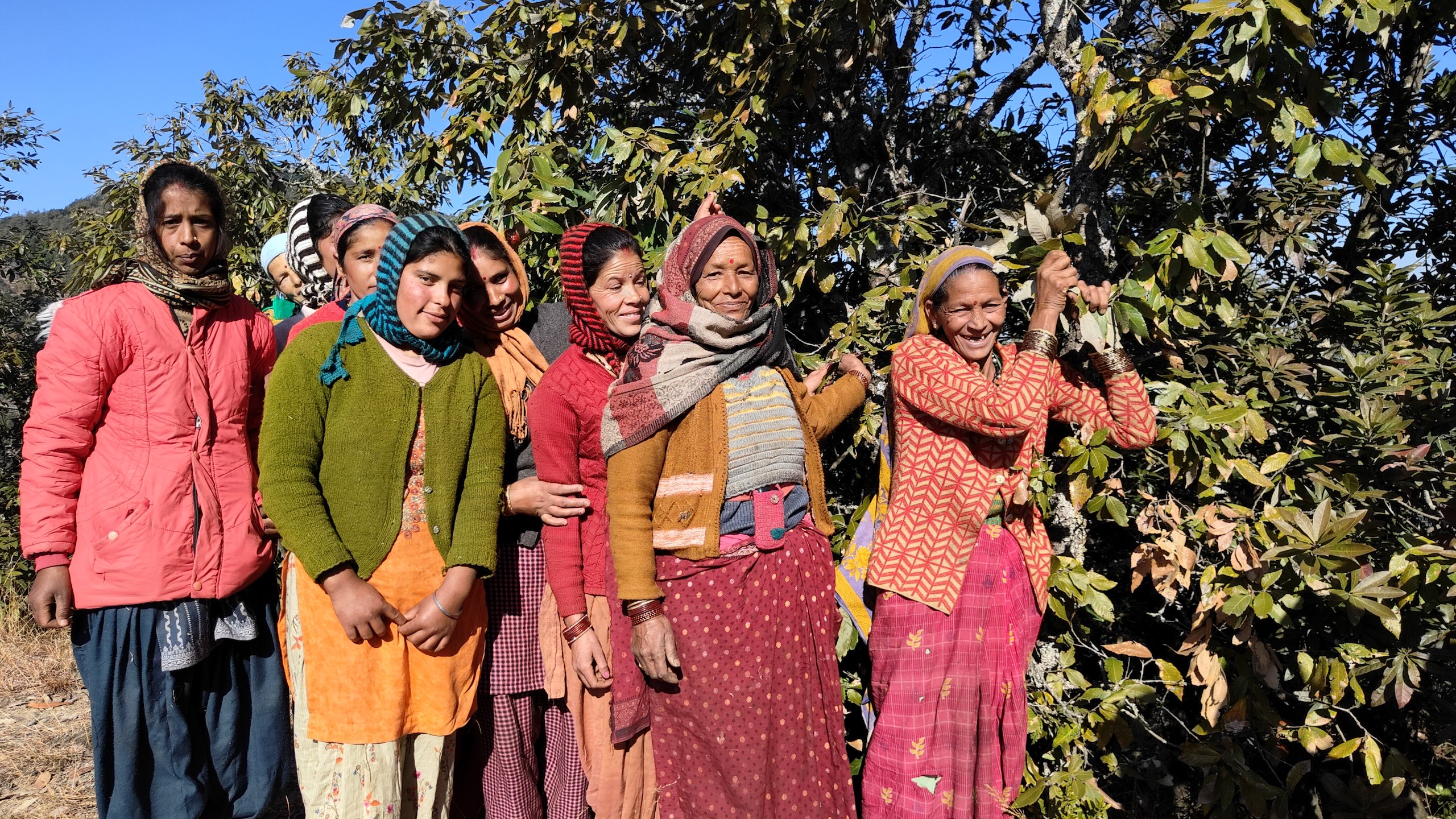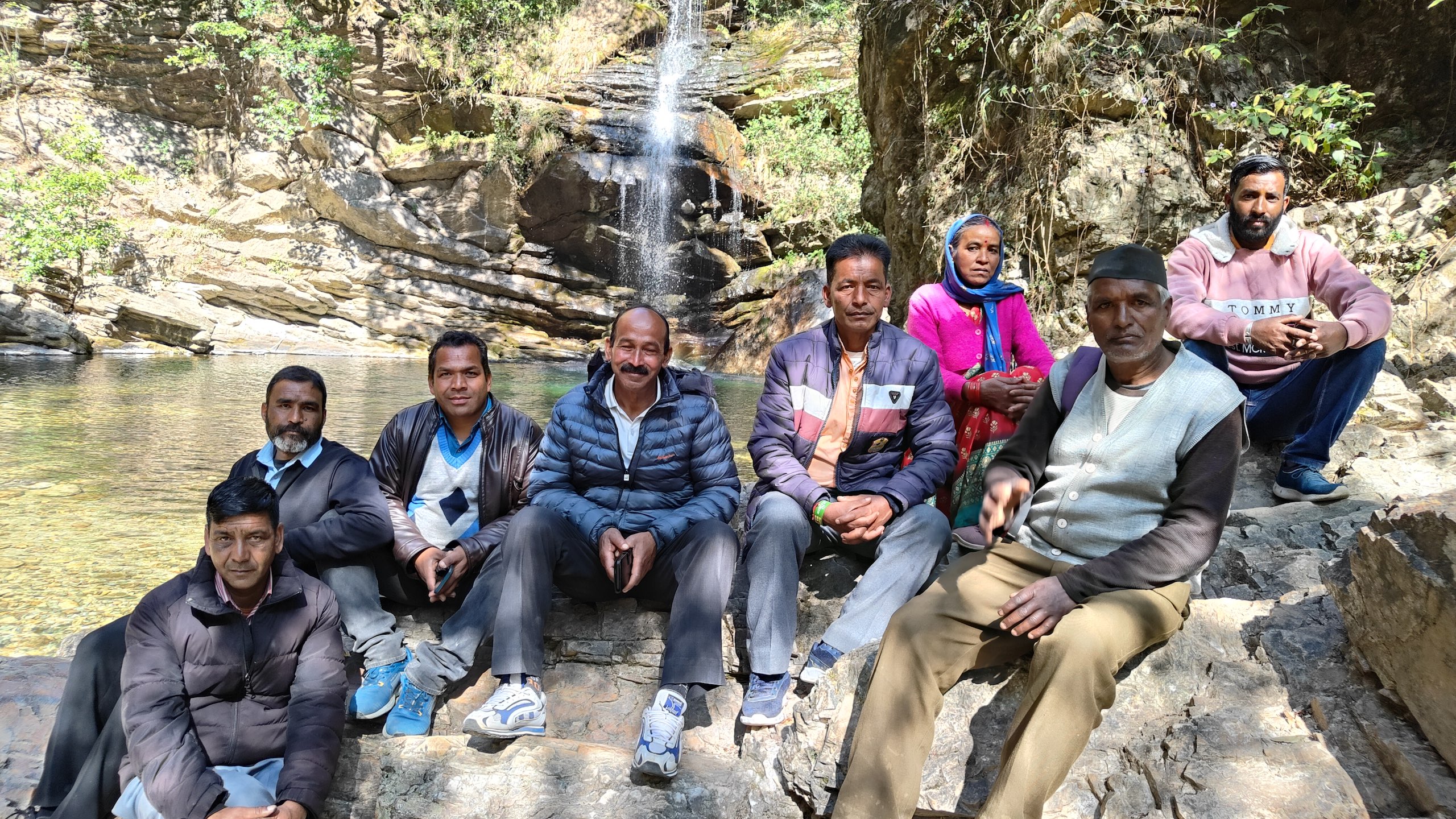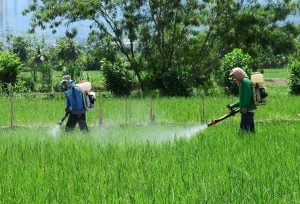In December, Uttarakhand’s High Court criticised the state government over various derelictions of duty, including for being “in a deep slumber” over the illegal felling of trees. In its scathing judgment, Nainital High Court found the Himalayan state had failed to properly implement the Forest Rights Act of 2006, designed to safeguard the rights of indigenous tribes and other traditional forest dwellers.
Uttarakhand lags behind other states in upholding the rights of forest dwellers under the Forest Rights Act. Last year, the minister of state for tribal affairs, Bishweswar Tudu, disclosed the number of claims processed through to November 2022. The state had rejected over 97% of applications, compared to the national average of 68%. With over 71% of Uttarakhand covered in forests, these rejections impact a significant portion of residents living in or near forests.
The court highlighted a lack of response from forest officials regarding measures taken to identify and support legitimate forest dwellers, leading to contempt proceedings against high-ranking officials like the principal secretary of forests. The ruling found systemic administrative negligence and misconduct and emphasised that the rights granted under the 2006 Act aim to protect the rights of forest dwelling communities, rather than permit the “commercial plundering of woods from the forest areas.”
Uttarakhand’s advocate general – the state’s senior most legal representative – had argued that the Act could potentially allow anyone living in the state, not just forest dwellers, to collect wood from protected forests without any legal oversight.
The court comprehensively rejected this reading, suggesting that the issue arose because Uttarakhand had failed to properly identify who qualifies as beneficiaries under the Act. The court gave the state two months to rectify the failure and temporarily prohibited all use of forest resources during this period.
Tarun Joshi, an environmental activist working for forest rights, welcomed the court’s insistence that the state must assess eligibility. “If people’s traditional rights over forests are given legal recognition, then frequent incidents of stopping them, or harassment for bringing forest produce will stop,” said Joshi. However, he expressed concern over the ban, pointing out its impact on communities, entirely dependent on forests for essentials, “from cooking to animal husbandry and farming, what will they do in such a situation?” he asked.
Van panchayats : a century of forest management
In February 2024, two months after the court ruling, residents of Chokhuta village, guided by their local van panchayat – a locally elected committee of forest dwellers – went into the forest to prune trees and remove fallen branches to boost growth, a yearly tradition. Despite their longstanding formal role, the van panchayats were overlooked in the judgment.
Originally recognised by the Van Panchayat Rules of 1931, during British colonial rule, Uttarakhand’s van panchayats were brought under the India Forest Act in 1976.
According to Van Panchayat rules, their members are allowed to collect firewood and dry leaves as needed.
Nestled in Dhari tehsil (district administration) of Nainital, the Chokhuta van panchayat manages a sprawling 133-hectare forest. Kundan Singh Bisht, whose wife Champa Devi is the sarpanch, or head, of the local van panchayat, told Dialogue Earth that, “Villagers collectively maintain the forest by creating firebreaks, extinguishing fires and removing waste. A guard is employed for security. Each family contributes INR 180 [USD 2.16] annually for forest upkeep and the guard’s salary.”
Santoshi Devi, an older woman collecting wood, said, “in the hills we can survive only with the forest. It cools our days, shelters us and the oak and kharsu [a species of oak] trees guard our very lifeline – water. A secure forest secures our children’s future. That’s why we, the women, are its stewards.” She added that anyone caught cutting green wood or engaging in prohibited activities is fined up to INR 500 [USD 6].
For many, managing and living with the forest is a tradition passed down through generations. Bhavani Devi, who is over 90 years old, recalls gathering wood, fodder and leaves from the forest since childhood. Today, her daughter-in-law continues this work.
Success of the van panchayat model
The success of the van panchayats is exemplified by the revitalisation of the Bhalugad waterfall, which is managed by the three van panchayats of Gajar, Buranshi and Chaukhuta. Rajendra Singh Bisht, head of the Bhalugad Waterfall Committee, said that prior to 2015, the area faced issues with unruly crowds. “Littering was rampant and visitors often got hurt on the uneven paths. In 2015, the three panchayats came together to manage the situation. With forest department permits and tourist contributions, we improved the area. The District Tourism Development Committee [DTDC] also helped us,” he says.
As a result, added Bisht, “Tourist numbers hit 10-12 lakh [1-1.2 million] annually. Last year’s income reached up to INR 60 lakh [USD 72,000]. Profits were shared: with 40% to DTDC, 15% divided among the panchayats for local projects like planting trees, water conservation work, and creating jobs for our youth”. The remaining 45% is for the work of the committee, including maintenance costs and paying for things like guards.
Despite such success stories, Anup Malik, who retired as principal chief conservator of forests at the end of April, told Dialogue Earth in March, “Villagers do not meet the Forest Rights Act definition, leading to claim rejections. However, it is the job of the Social Welfare Department to decide forest rights [not ours]. This is what we have written to the Nainital High Court [in response to its December judgement].”
Recognising panchayats’ forest rights would significantly empower local communities, enabling them to manage and protect their forests sustainably while ensuring their economic and environmental needs are met. The state’s 12,089 forest panchayats manage 7,351 square kilometres of forest, or more than 19% of the state’s forests. Joshi estimates over 70% of Uttarakhand’s population relies solely on forests for agriculture, which he – unlike Malik – believes qualify for Community Forest Rights (CFR) under the Forest Rights Act.
Seeking a livelihood from the forest, the Darima van panchayat, near Chokhuta village, has filed a CFR claim. Approved by the village committee, their claim now awaits consideration by the block-level committee. “We’ve been stewards of this land for generations,” says Jagdish Chandra, husband of the sarpanch Pushpa Devi. “With CFR, we hope to earn a sustainable living through responsible forest produce collection.”
The High Court’s order raised hopes that it might pave the way for the recognition of forest rights, yet, more than four months later, progress remains stalled. Arvind Vashisht, appointed as the Amicus Curiae by the High Court on the issue – a Latin term meaning ‘friend of the court’ – told Dialogue Earth that the Uttarakhand government has requested additional time to address the issue. Meanwhile, Yogendra Rawat, the additional director of the Tribal Welfare Department, said that the state’s chief secretary has called a meeting with relevant departments, including the Forest, Social Welfare, Panchayati Raj and others, to discuss the matter, though a date has yet to be set.
